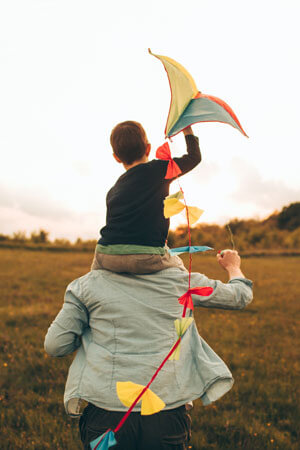Scoliosis
 Considered an abnormal sideways curvature of the spine, scoliosis begins as a postural distortion. If scoliosis is left untreated it could become a permanent deformity.
Considered an abnormal sideways curvature of the spine, scoliosis begins as a postural distortion. If scoliosis is left untreated it could become a permanent deformity.
There are three causes of scoliosis:
- congenital (genetic predisposition)
- habitual (behavioral routines)
- idiopathic (unknown cause)
Are There Obvious Clues?
A parent may notice that their child has a high shoulder or low hip that makes clothing fit poorly. Uneven shoe wear also may provide a clue. Children with scoliosis also may experience back and leg pains but these are usually dismissed as “growing pains.”
Wait and See?
Scoliosis may often worsen if left to just “run its course.” In severe cases a child may need to wear an unsightly or cumbersome brace or have surgery that attaches steel rods, forcing the spine to straighten.
Natural Approach
Chiropractic adjustments may help to improve the spine’s structure and function. Because an adjustment also may help strengthen and retrain muscles, your child’s posture may improve.
If you think your child may have scoliosis we recommend that you bring them in so we can provide an evaluation and determine if we think we can help.
WE CAN HELP
Frequently Asked Questions
Isn’t a certain amount of sideways curvature considered normal?
When does scoliosis require care?
Do heavy backpacks cause scoliosis?
Book an Appointment
If you think your child may have scoliosis, contact us today to schedule an appointment.
